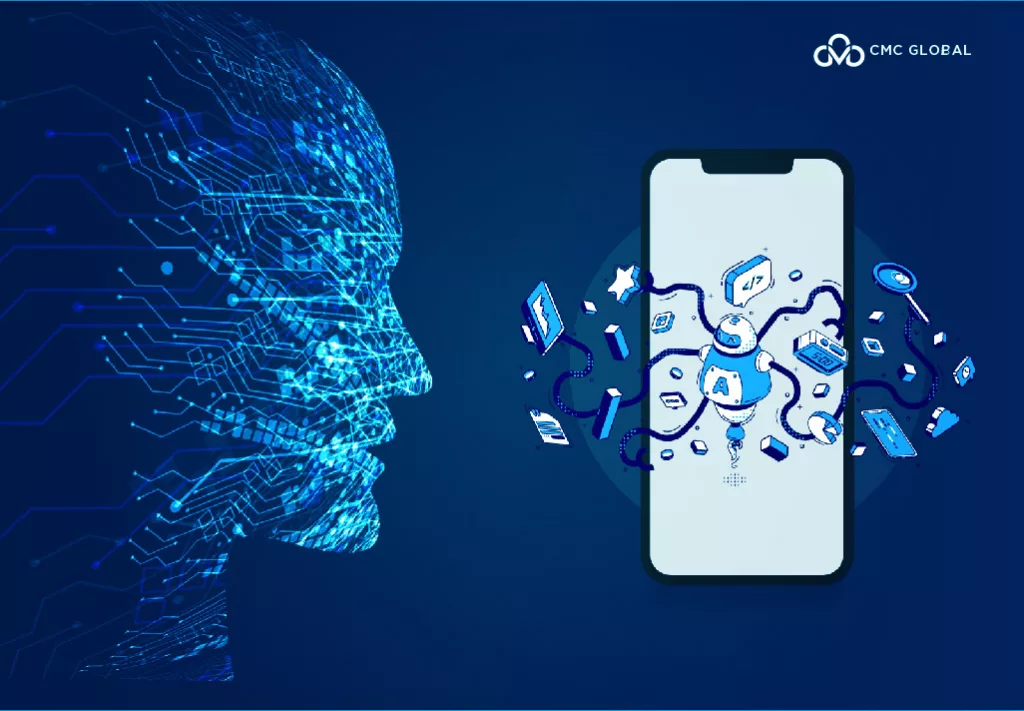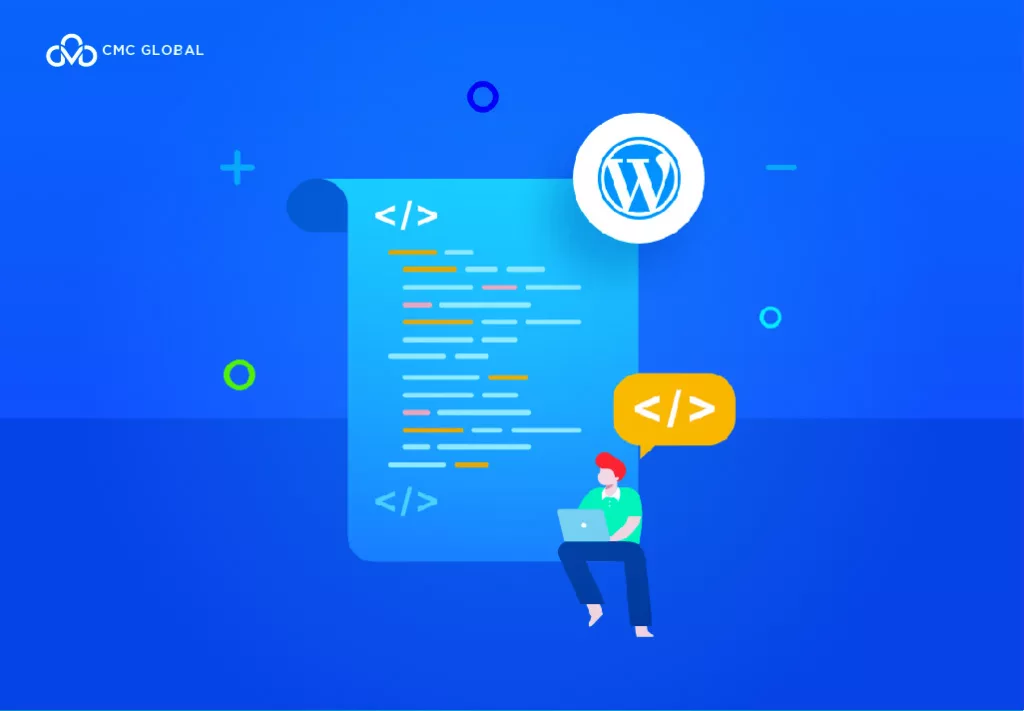Software development models are the framework used in planning and executing software milestones throughout the life of an application. There are different main design and development models with distinguished emphasis; however, they follow a basic flow of research, requirement, design, coding (or implementing), and testing to verify and maintain. Most development models’ main differences lie in the implementation phases. Most of the models used today are variations of the classic waterfall model, also known as the first and oldest SDLC model, which stands for Software Development Life Cycle models.
Waterfall’s most used, popular, and important variations are:
- Iterative model
- Spiral model
- V-shaped model
- Agile model
Today, let’s explore those stages with CMC Global to truly understand each SDLC model and their differences.
The most common development model
Waterfall development model

The waterfall model is a cascade SDLC model in which the development process flows step by step through the strict process of phases, from analysis, projecting, realization, testing, and implementation to support. With the waterfall development model, each phase can only begin when the other ends. This means the program’s requirements and design are finalized before any coding begins, and any resources, features, and program components must be planned and thought out before the implementation phase.
This causes many disadvantages. Firstly, the software requirements can not be re-evaluated further in development since many defects and failures are only reported at the end. This will undoubtedly increase the fixing cost for these issues later on, while testing is often rushed. Secondly, there are no chances for customers to see and try the software until the last stages, resulting in high project risks.
Waterfall development model Use cases:
- Simple or mid-sized projects which have clearly defined requirements. This could be a website development project for a small company.
- Projects with strict control, timelines, and predictable budgets, such as governmental projects, or the ones with multiple rules and regulations, such as healthcare projects.
Hence, today people are turning to the “Agile Model”, in which every sprint has a demo-able feature for the customer. With that, customers can justify the features and ask for any modification if needed based on their business needs.
The Spiral model

In order for customers to be involved intensely, the Spiral model was created. It focuses mostly on thorough risk assessment by engaging team members with a strong background in risk evaluation. Normally, a Spiral iteration lasts around 6 months, starting with four different and important activities: planning, risk analysis, prototypes creating and evaluating previously delivered works.
When we talk about intensive customer involvement, we mean that the customers will join the review stage of each cycle, excluding the development stage. This model created repeated spiral cycles, which seriously extended project timeframes.
Use cases:
- Projects with unclear or too ambitious/ innovative business requirements.
- Large and complicated projects.
- R&D activity or to introduce a new service/ product.
Iterative development model

This model is the implementation of a software development life cycle (SDLC), focusing on an initial and simplified implementation. Throughout the progress, it will gain more complexity and a broader feature set for the final system.
Talking about the iterative method, the concept of incremental development is often used liberally and interchangeably. The concept describes incremental alterations which are made during the design and implementation phases of each new iteration.
V-model (Validation and Verification model)

In the V-model, each stage has its own corresponding testing activity. This kind of model is one of the most expensive and time-consuming models and, at the same time, requires exceptional quality control. With strict protocols, any errors in requirements specifications, code, and architecture can be detected early. However, changes during development are still costly and hard to implement.
Use cases: Projects which don’t accept failures and downtimes, such as medical or aviation fleet management software.
Agile iterative development model

Agile models were created based on an incremental and interactive approach based on this flow: Features development Test -> Release -> Feedback -> Changes and re-test -> Product release. So instead of in-depth planning at the project’s beginning, Agile software development handles every project differently with tailored methods to best suit the project requirements. This methodology is open to any changing requirements and constant feedback from customers.
In Agile, all tasks are divided into different time boxes, as known as small time frames, in order to deliver specific features for a release. Cross-functional teams work together on product iterations over a period of time with the main goal of producing working products.
Agile methodologies generally encourage leadership and teamwork based on accountability and face-to-face communication. This development model requires business stakeholders and outsourcing developers to work together so that they can align the product with customers’ needs and company goals.
However, being too open to changes can lead to a situation where many changes collide. It’s a risk that many may have to face in Agile environments, and CIOs/PMs must be aware of it to avoid any confusion and chaos, either by using practices or tools to coordinate changes and releases.
Basic stages of a software development life cycle
Stage 1. Planning and requirement analysis
All projects start with this phase. The developer team will analyze the project with the customers to define the final product’s requirements to get a clear view of their responsibility, especially the process participants. QA specialists are requested to interfere in this process and the development stages.
Stage 2. Designing project architecture
The second phase of the software development life cycle is structure designing. There are many questions to be defined in this process, including all the different technical questions, technologies to use in the project, limitations, team load, time frames, and even budget.
Stage 3. Development and programming
After everything is crystal clear, the process now goes to the next step: the actual development or cod.
The team starts here with source code writing while keeping in mind all the previously-defined requirements. Normally, all project’s third phases go through 3 stages.
- Algorithm development
- Source code writing
- Compilation
Stage 4. Testing
The fourth phase, testing, includes the debugging process. Here, all flawed code that is missed during the development can be detected, documented, and returned to the developers for fixing. The testing process will repeat until all critical issues are removed to ensure a stable software workflow and the quality of the final products.
Stage 5. Deployment
After everything is checked to make sure that there are no critical issues, it is time to launch for the end users. This is where the tech support team joins by providing user feedback, consulting, and supporting users during exploitation time. This is also the time for selected components to update to make sure that the software is up-to-date and invulnerable to a security breach.




